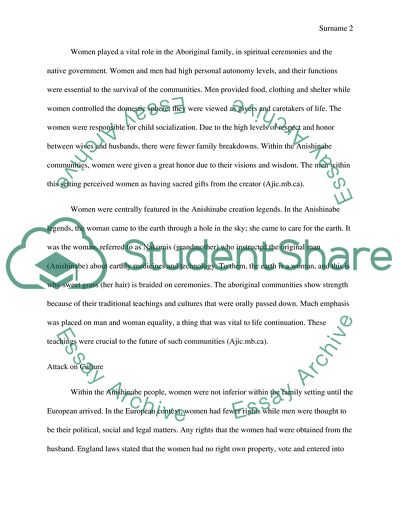Cite this document
(“The Fight for Womens Rights, Laws, Social movements and Policies Essay”, n.d.)
Retrieved from https://studentshare.org/history/1686256-at-what-anishinabe-social-movements
Retrieved from https://studentshare.org/history/1686256-at-what-anishinabe-social-movements
(The Fight for Womens Rights, Laws, Social Movements and Policies Essay)
https://studentshare.org/history/1686256-at-what-anishinabe-social-movements.
https://studentshare.org/history/1686256-at-what-anishinabe-social-movements.
“The Fight for Womens Rights, Laws, Social Movements and Policies Essay”, n.d. https://studentshare.org/history/1686256-at-what-anishinabe-social-movements.


